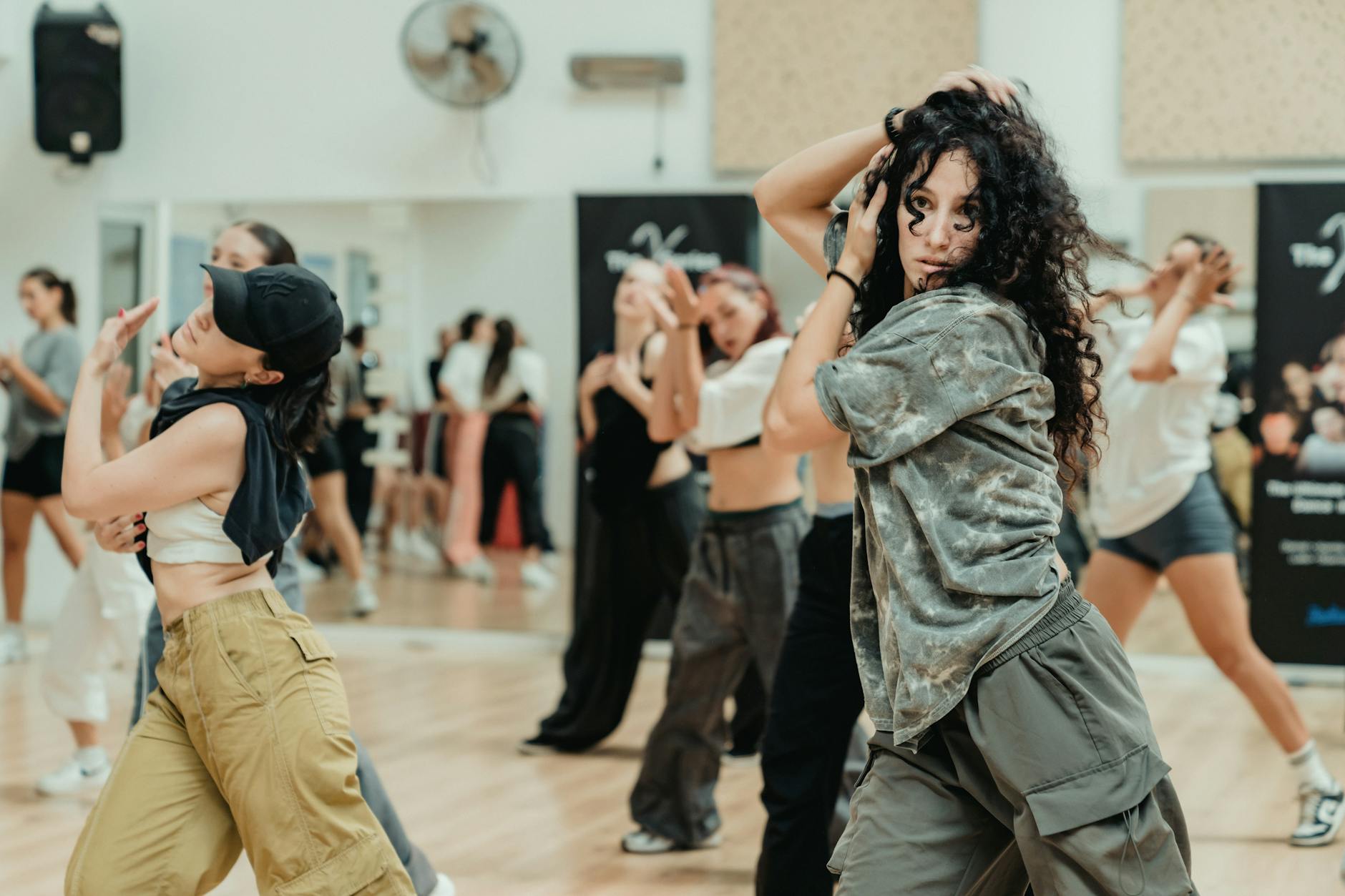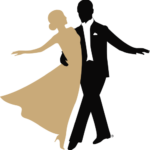How Group Dance Classes Build Lasting Friendships
The thump of music pulses through the walls of a community dance studio. Laughter echoes between mirrors as strangers move together for the first time. Some wear soft shoes, others are barefoot. There’s an easy buzz, each face alight with hope and a hint of nerves. In this space, simple steps break the ice, and new faces become familiar in the rhythm of a shared beat. Over time, these classes spark friendships that often last far beyond the final bow.
The Science and Spirit of Social Bonding Through Dance
 Photo by Lazarus Ziridis
Photo by Lazarus Ziridis
Dance connects people in a unique way. It’s not just about learning steps, it’s about sharing an experience that bridges body and mind.
Research shows that synchronized movement does more than look impressive. Dancing in sync triggers a chemical reaction—endorphins flood the brain, bringing a natural high and a strong sense of togetherness. We’re wired to trust and support those who move as we do. This isn’t just theory; studies out of Oxford and Scientific American confirm that dancing together raises pain tolerance, trust, and emotional closeness. Movement creates a silent language of its own, making it easier for people to cooperate and connect.
By learning routines and performing as a group, dancers build emotional bridges faster than in most social settings. The studio becomes a safe place to shed self-doubt, try something new, and celebrate small wins together. Every step shared, every stumble recovered builds a robust network of support and genuine friendship.
Choreography of Connection: Why Movement Matters
Synchronized movement might sound simple, but the impact runs deep. As dancers mirror each other, bonds form without the need for words. Learning a challenging routine together inspires trust: will your partner catch you in that leap? Groups often cheer each other on, turning a solo act into a united front.
- Mastering a lift: Partners must trust each other completely, both physically and emotionally.
- Cheering for breakthroughs: When someone nails a tricky step, everyone feels the win.
- Working through mistakes: Laughter and patience become tools for connection.
This kind of teamwork builds respect and loyalty, inside and outside the studio.
Emotional High Notes: How Dance Boosts Social Well-Being
The emotional payoff of group dance far exceeds the steps learned. Students discover new confidence, resilience, and a sense of belonging, all while melting away stress.
- Feeling seen: Everyone is part of the dance, no wallflowers required.
- Shared joy: Group performances and routines turn individual effort into collective success.
- Emotional support: Dancers celebrate together and lend a hand when times get tough.
The focus on progress and shared accomplishment sets the stage for happier, healthier relationships.
From Studio to Social Circle: Friendships That Last Beyond the Dance Floor
The basement of a dance studio might hum on a weeknight, but the real magic often spills out into the world. Camaraderie built at the barre or in a hip-hop circle breeds trust that lasts.
After rehearsals, dancers might grab coffee together or celebrate a recital with a slice of pizza. Bonds develop over sweaty failures, triumphant shows, or carpool rides home. Over time, these connections run deeper, becoming a chosen family long after the music fades for the night.
People often find themselves invited to birthday parties, weddings, or family gatherings of those they met in class. The dance community quickly becomes a social network, breaking down barriers between age groups, backgrounds, and personalities.
Every Step Together: Inclusivity and Community Building
Group dance classes welcome all. Children, teens, and adults work side by side, respecting pace and style differences.
- Children and teens: Kids learn to support and uplift one another, building empathy early and setting the foundation for lifelong social skills.
- Adults: Grown-ups from different walks of life connect over a shared passion, often bonding with people they’d never have met otherwise.
- Recitals and socials: Special events like shows or themed dance nights bring the whole community together, celebrating teamwork, creativity, and fun.
In this setting, labels and backgrounds fade. The group focuses on rhythm, laughter, and encouragement—an open invitation to belong.
Beyond the Beat: Lifelong Social Skills Gained in Class
Dance classes don’t just build muscles and memories, they foster real-world skills that stick.
- Communication: Dancers learn to give clear cues, listen with attention, and read non-verbal body language.
- Empathy: Working through a routine means understanding others’ struggles, stepping in to help, or sharing advice.
- Teamwork: Performing as a group demands cooperation and a shared sense of responsibility.
- Social courage: Speaking up, making new friends, and stepping onto stage all build everyday bravery.
These skills matter far beyond the walls of the studio. They give students the confidence to express themselves, reach out to others, and stay open to new friendships in all walks of life.
Conclusion
Group dance classes mix rhythm, teamwork, and support in a way that’s hard to find elsewhere. The simple act of moving together sparks endorphins, trust, and a deep sense of belonging that grows into real friendship.
Some of the best bonds are born on busy dance floors. In these spaces, laughter echoes over missteps, confidence blooms, and every dancer—no matter their background—finds a place to thrive. If you’ve ever wondered where genuine friendships begin, try tying on a pair of dance shoes, step into the music, and find your rhythm with others. The next friend you make could be waiting in the next eight-count.

